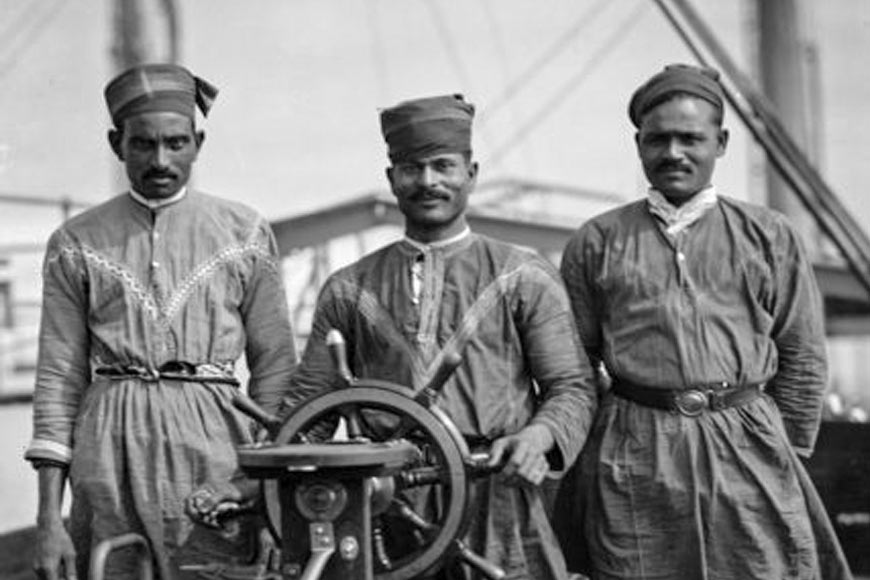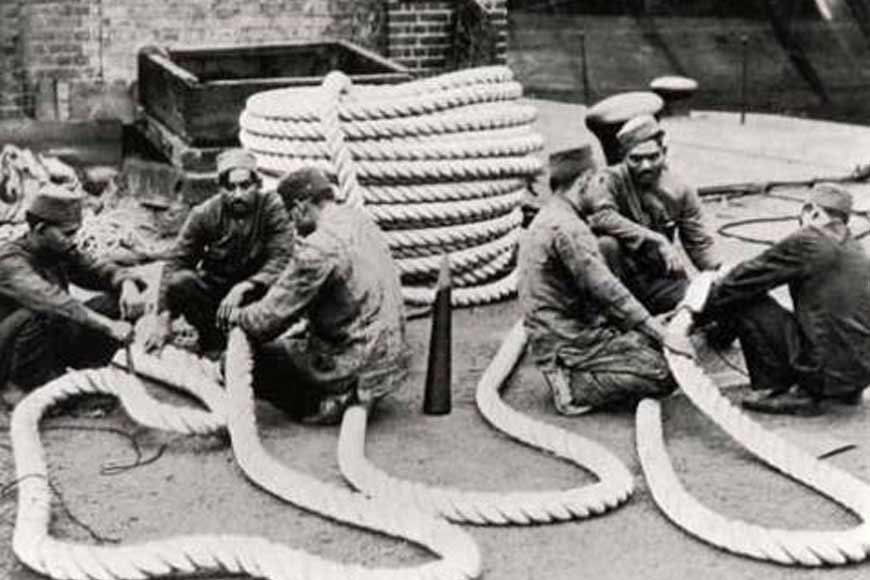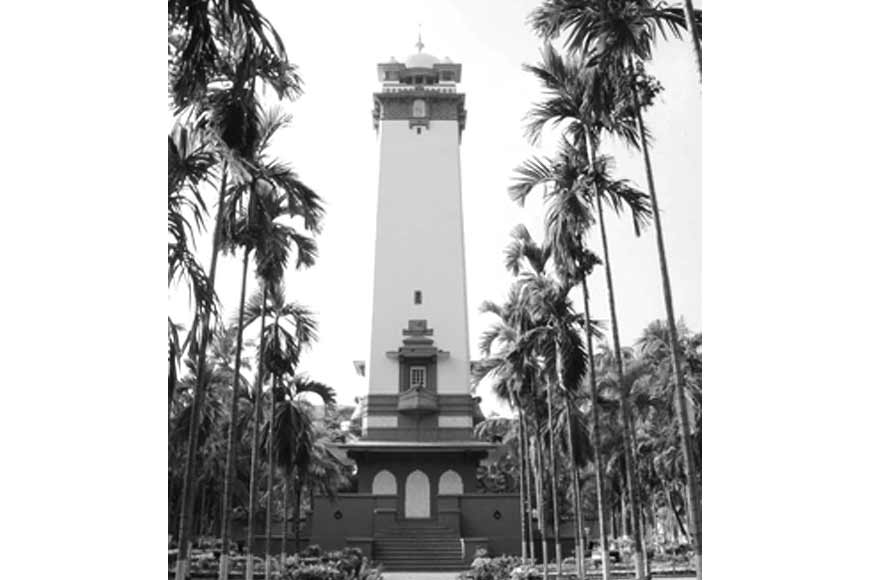Lascars: Bengal’s forgotten sailors left behind in Europe—GetBengal Story

Bengal has a rich history from ancient to modern India. Among all the historic eras, the British Raj remains in the spotlight. The tales of the Lascars, however, trace their roots to the pre-British era, emerging a century or more before colonial rule truly took hold.
From the 17th century onward, thousands of men from Bengal sailed to seas abroad, backed by Europeans. Those Bengal sailors were called Lascars. The word Lascar means sailors from Asia or India, employed by Europeans.
When the context is Bengal, most of the Lascars belonged to the port city, Calcutta (now Kolkata), and other regions like Sylhet and some parts of East Bengal. Since shipbuilding and seafaring were very common professions, employees across India were involved in this job. During World War I, out of 51,616 Indian lascars serving on British ships, a majority were of Bengali descent.

The reason behind employing local sailors by the East India Company was that they wanted someone who had strong navigation skills to the known land. That is why the company also chose men from across Bengal so that they can easily navigate towards the destination. In addition, the other benefits of employing local people for this profession were that they were not expensive and could work in difficult climates.
Not only in Bengal, Bengali lascars served aboard merchant ships, on voyages between India and Britain, and among colonies (Asia, East Africa, Southeast Asia). Lascars also reached London and faced challenging situations since many ships refused to bring them back, and hence, the Lascars were stranded.
When it comes to the tasks performed by the Lascars, those were not simple. They used to work hard from maintaining ship decks, working below decks, feeding engine rooms, to labouring under storms and rough weather. The profession was challenging and sometimes even life-threatening.
Lascars not only struggled with their tasks but also received severe discrimination in terms of pay, food, and supplies. European sailors used to get paid far more than the Indians, and the food quality served to the Indian sailors was very poor. Moreover, apart from the difficult climates and harsh conditions of ships, the Lascars were also beaten in some cases and punished inhumanely.

Despite these hardships, Bengali lascars connected Bengal to the rest of the world long before mass migration. Their journeys meant goods, ideas, techniques, and people moved from Bengal to Britain and beyond. They were part of the early global story of trade, migration, and cultural exchange.
They also laid early foundations for the Bengali diaspora in places like London’s East End. Communities, support centres, and lodging houses emerged to help lascars when they arrived. Though largely forgotten, their lives echo the strength, resilience, and long maritime tradition of Bengal.
Image courtesy: Wikipedia










